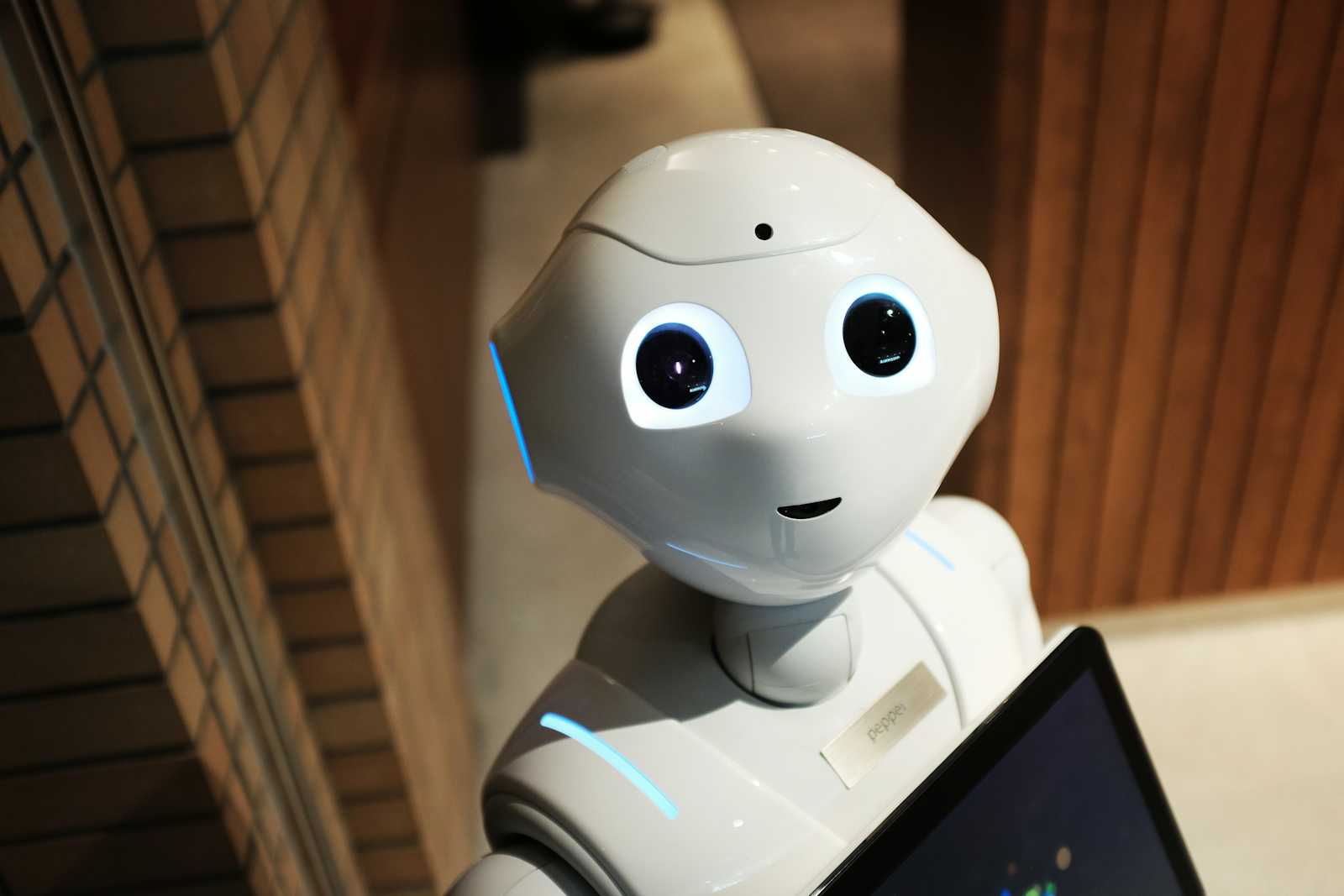From Chaos to Cosmos: How Generative AI Can Automate Threat Detection in the Cloud
 Abhiram
Abhiram
The cloud has become the lifeblood of modern businesses. From housing mission-critical applications to storing sensitive data, organizations are increasingly reliant on cloud infrastructure. But with this convenience comes a growing challenge: security. The ever-expanding cloud landscape is plagued by a constant barrage of threats, making it difficult for traditional security methods to keep pace.
Imagine a security analyst drowning in a sea of data – security logs, network traffic, user activity – desperately searching for the faintest sign of an attack. This scenario, unfortunately, represents the reality for many security teams struggling to keep up with the ever-evolving threat landscape. Here's where a beacon of hope emerges: Generative AI. This powerful technology offers a revolutionary approach to cloud security, specifically in the realm of automated threat detection. Let's delve deeper and explore how Generative AI can transform threat detection in the cloud, bringing order – or rather, a cosmos – to the current state of chaos.
The Threat Detection Challenge in the Cloud: A Never-Ending Battle
Cloud security presents unique challenges for threat detection. The sheer volume and complexity of data generated in cloud environments make manual analysis a time-consuming and inefficient endeavor. Traditional methods often rely on predefined rules and signatures, but cybercriminals are constantly developing new attack vectors, rendering these rules obsolete. Additionally, the high volume of alerts generated by traditional systems often leads to alert fatigue, where security analysts become desensitized to the constant stream of notifications, potentially missing real threats.
How Traditional Threat Detection Works
While Generative AI offers a new approach, it's important to understand the limitations of existing methods. Traditional threat detection in the cloud often utilizes tools like Security Information and Event Management (SIEM) systems, which aggregate logs and events from various security sources. Intrusion Detection Systems (IDS) monitor network traffic for suspicious activities based on predefined rules. Signature-based detection identifies malicious activity based on known attack patterns. These methods offer a baseline level of protection, but their limitations become increasingly apparent as the threat landscape evolves.
Generative AI: A New Frontier in Threat Detection
Generative AI introduces a paradigm shift in the way we approach threat detection. Unlike traditional methods that rely on identifying existing threats, Generative AI can create entirely new scenarios. Imagine AI generating realistic simulations of potential attacks, mimicking real-world techniques used by cybercriminals. This allows security teams to proactively test their defenses and identify vulnerabilities before they can be exploited. Let's explore how Generative AI tackles the challenges of cloud threat detection:
Anomaly Detection: Generative AI excels at finding patterns in data. By learning what constitutes "normal" network activity within a specific cloud environment, AI can identify deviations that might indicate a potential attack. This allows security teams to focus on investigating anomalies instead of sifting through mountains of data.
Realistic Attack Simulations: One of Generative AI's most powerful capabilities is its ability to generate realistic simulations of cyberattacks. These simulations can encompass various attack vectors, from phishing attempts to malware infiltration. By testing their defenses against these simulations, security teams can proactively identify weaknesses and patch vulnerabilities before real attackers exploit them.
Continuous Learning: Unlike traditional methods that rely on static rules, Generative AI models are constantly learning and evolving. By feeding the AI model with new data and threat intelligence, it continuously improves its ability to detect novel threats and adapt to new attack techniques.
The Benefits of AI-Powered Threat Detection: A Brighter Security Future
Implementing Generative AI for automated threat detection offers a multitude of benefits for organizations:
Reduced Alert Fatigue: By filtering out false positives and focusing on genuine anomalies, Generative AI significantly reduces alert fatigue. This allows security analysts to spend more time investigating real threats and responding to security incidents.
Faster Detection and Response: Generative AI can identify threats in real-time, enabling security teams to respond much faster. This minimizes the potential damage caused by an attack and allows for swifter containment measures.
Improved Security Posture: Proactive threat detection allows organizations to identify and address vulnerabilities before they can be exploited. This strengthens their overall security posture and reduces the risk of successful cyberattacks.
Scalability for Complex Environments: Traditional methods often struggle with the vast amount of data generated in complex cloud environments. Generative AI, however, is built to handle large datasets efficiently, making it ideal for scaling threat detection in the cloud.
Overcoming Challenges: Trust and Transparency
Generative AI offers immense potential, but it's not without its challenges. Here are some key considerations:
Explainability: Understanding why AI flags an event as suspicious can be difficult. Without clear explanations, it can be challenging for security analysts to trust or act upon the AI's findings.
Bias: Biases in training data can lead to AI models missing certain types of threats. For example, if the training data primarily focuses on known malware signatures, the AI might struggle to identify entirely new attack methods. Careful selection and curation of training data is crucial to mitigate bias.
The Need for Human Expertise: AI shouldn't replace human security analysts, but rather act as a force multiplier. Security analysts bring critical thinking, experience, and judgment to the table. They are responsible for verifying AI alerts, investigating suspicious activity, and making crucial decisions about incident response.
The Future of Threat Detection: Humans and AI Working Together
The future of cloud threat detection lies in a collaborative approach where humans and AI work in tandem:
AI Automates Mundane Tasks: Generative AI tackles the heavy lifting of data analysis and threat detection. It identifies anomalies, generates attack simulations, and continuously learns, freeing up security analysts for more strategic tasks.
Human Expertise for Decision-Making: Security analysts leverage their experience and judgment to investigate suspicious AI alerts. They analyze the context of the alert, correlate it with other security data, and make informed decisions about incident response.
Continuous Improvement: Ongoing research and development refine AI models and human training. New threat intelligence is incorporated into AI models, while security analysts receive regular training on the latest cybersecurity trends and best practices. This continuous improvement ensures both humans and AI remain effective in the face of evolving threats.
Conclusion: Embracing AI for a Secure Cloud Future
Generative AI offers a revolutionary approach to automated threat detection in the cloud. Its ability to identify anomalies, simulate attacks, and continuously learn holds immense promise for improving cloud security. While challenges like explainability and bias need to be addressed, the collaborative approach of humans and AI working together represents the future of threat detection.
By embracing Generative AI, organizations can transform their cloud security posture from reactive to proactive. They can identify threats faster, respond more effectively, and ultimately keep their valuable data and applications safe in the ever-evolving threat landscape.
The conversation around Generative AI and cloud security is just beginning. We encourage you to share your thoughts! How do you see Generative AI impacting threat detection? What challenges do you anticipate? Leave a comment below and join the discussion.
Additional Resources
https://en.wikipedia.org/wiki/Generative_adversarial_network
https://www.cloudanix.com/learn/building-security-using-gen-ai
Special Thanks to Cloudanix for helping me publish this blog.
Subscribe to my newsletter
Read articles from Abhiram directly inside your inbox. Subscribe to the newsletter, and don't miss out.
Written by
